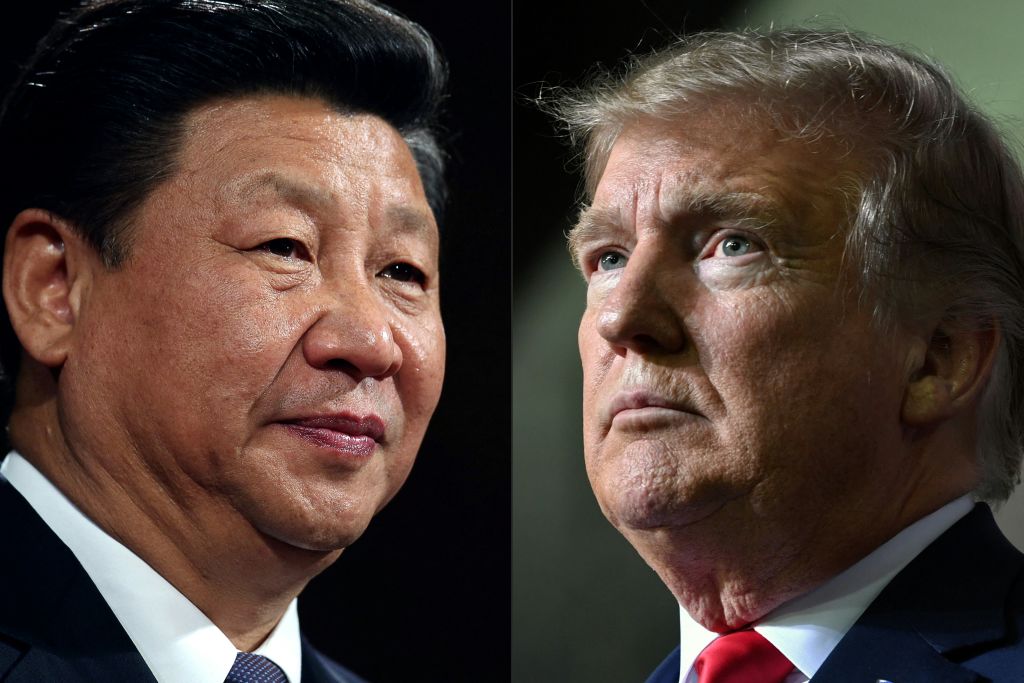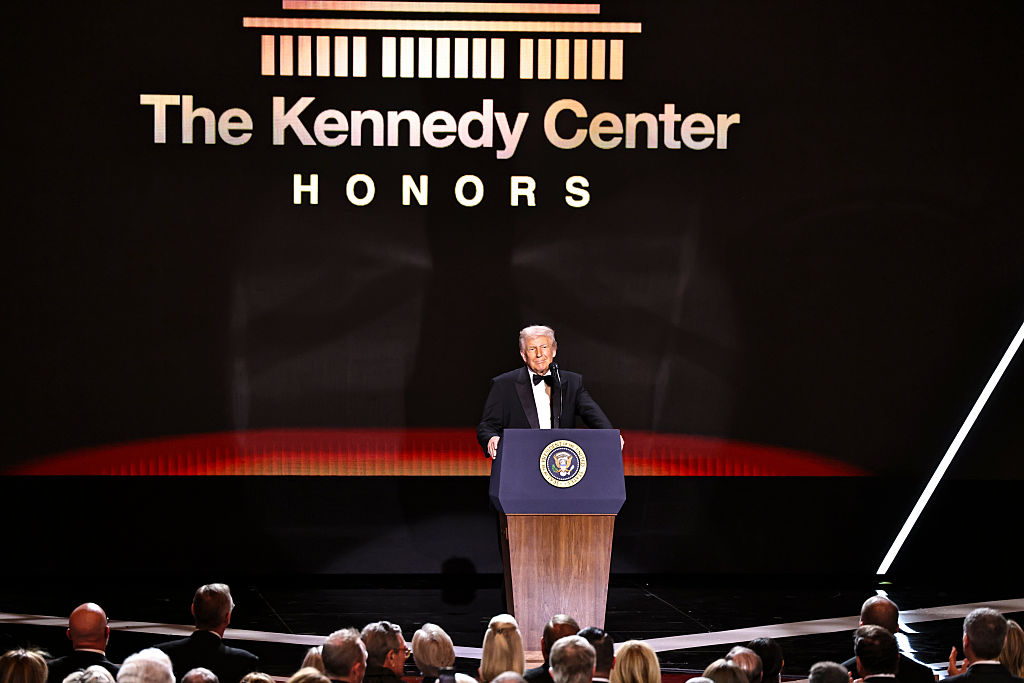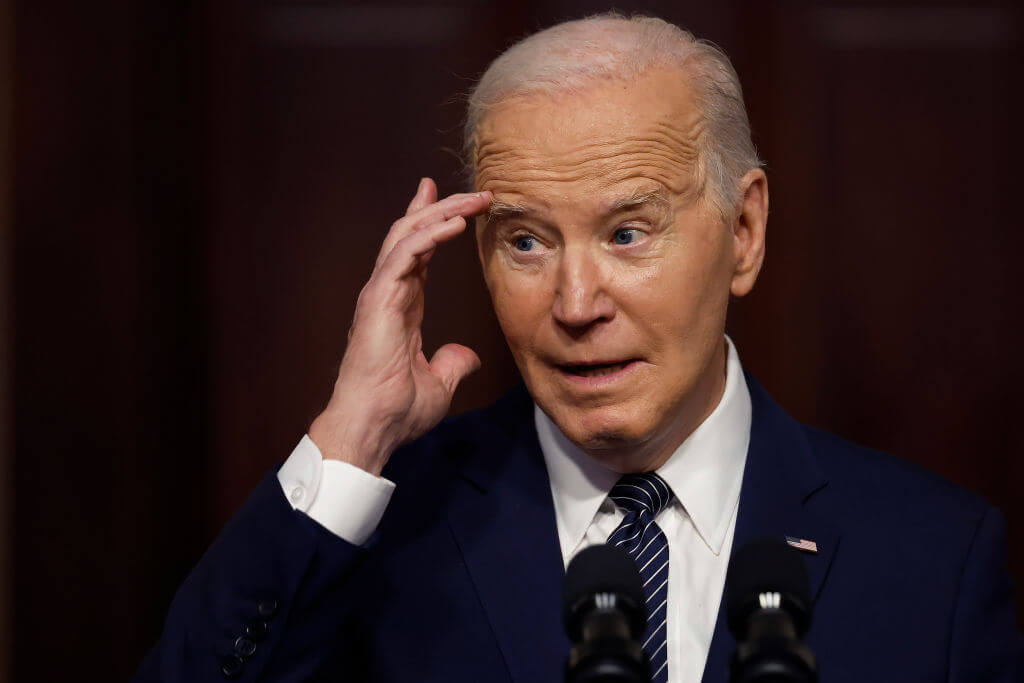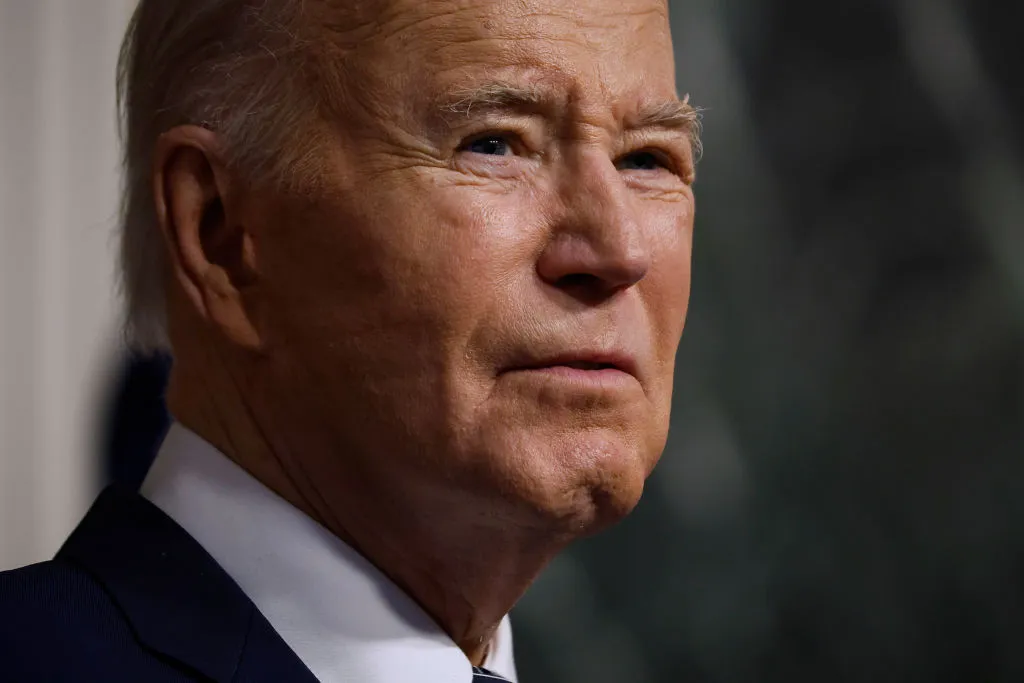If free trade and globalization enabled Communist China to become a superpower, will a new era of tariffs and trade war halt China’s rise?
The Trump administration is betting the opposite of the policies that turned China into America’s most formidable rival will strengthen us and weaken them. Even before the President announced his sweeping new tariffs – including cripplingly high ones on China – the State Department was indicating that nations from the Caribbean to Europe faced a choice between doing business with Washington and doing business with Beijing. Whatever other purposes they serve, the tariffs are an integral component of Trump’s foreign policy, serving as both a reward for friends (who may get free-trade deals and other forms of relief) and as a punishment for those who side with the enemy.
If this is a new Cold War, it’s one that’s very different from the contest with the Soviet Union. The USSR only dreamed of achieving what China has already accomplished. In its later years the USSR was desperate for western aid and trade, as its economy was so weak. The Soviet empire was not exactly marginal to the world economy – the sheer scale of the empire in landmass, population, and natural resources guaranteed that – but it was no competition for the economies of the free world. Communist China, on the other hand, is serious competition indeed. Far from having to go for western handouts, Beijing has been courted by Europe and America.
Blocking Soviet influence came to consist of stopping newly independent Third World countries from choosing Communism over democracy – a political and quite often military undertaking more than an economic one. The Soviets offered aid to their clients, even as they were going bankrupt themselves, but they had slender means with which to win over anyone else. The Soviet threat to the West was military and moral, the risks being nuclear war or subversion brought about by Communism’s appeal to left-wing idealism. China makes hardly any appeal to idealistic dupes – instead it appeals to much more widely shared human characteristics, namely laziness and greed. Playing by China’s rules means getting endless cheap material goods. Ironically, western capitalists themselves are the people most likely to see that crass seduction in romantic terms.
China is indispensable to the case liberals and libertarians make for globalism, after all. The statistics libertarian think tanks love to tout about reductions in worldwide poverty over the last 30-odd years depend heavily on the lessened poverty in what was until recently the planet’s most populous nation. China’s economic progress has been a cause for celebration by liberals of almost all varieties, not only for the good it has done for the average Chinese person (which is real enough, though comes at a horrific price that can’t be measured only in dollars) but for the good name it’s given to globalization and the inexpensive products it’s supplied to western consumers. China is the global liberalism’s centerpiece – despite being a despotic Communist state.
It’s curious that even now when western opinion journalists lament the rise of “illiberalism” they meant the rise of figures like Donald Trump, not the rise of Communist China over three decades. They’re not fans to Xi Jinping, to be sure, but Trump bothers them in a way that the ascent of a totalitarian state to the rank of the world’s second largest economy never did.
The scale of China’s economy today and extent of its ties with the rest of the world create conditions that are the opposite of those of the old Cold War in one respect. Taking America’s side against the Soviet Union didn’t mean sacrificing any consumer satisfaction. Trump’s tariffs and demands for an end to America’s trade deficits will impose a price on other nations, and if they had an unconstrained choice, they would prefer to continue down the path of globalization with China supplying the world’s goods and America buying rather than selling.
But Trump is constraining the choice – for everyone from Communist Vietnam to liberal Germany. The separation of ideology from interest this has produced is telling, with Vietnam among the countries most eager to take America’s side. Until now the would-be counterforce to the West’s political and economic primacy has been the “BRICS” groip – the huge developing nations of Brazil, India, and China, along with the huge and developmentally arrested nation of Russia. But Trump may smash the BRICS bloc by making every nation bid for the best trade relationship with the world’s richest consumer, America, rather than automatically favoring wealthy liberal nations. India certainly understands Trump’s economic Realpolitik.
Do the Europeans? Do Trump’s critics in America? Some dream of a global free-trade order that somehow excludes China – they lament the failure of the Trans Pacific Partnership trade deal. But decades of experience from the end of the Cold War to the dawning of the Trump era have shown that the liberal economic logic that argues for including China in the global economy overpowers whatever liberal political desire there might be to restrain China. And foreign diplomats I spoke to who worked on TPP gave me different answers in 2016 about whether they really intended to keep China out of the agreement forever or enclosed eventually widening it to include the PRC, too. Consumer economics argued for the latter, and consumer economics is sovereign for free traders.
Some critics of Trumponomics would say it’s based on outdated assumptions, with China’s aging demographics and the internal economic stresses meaning that Beijing isn’t nearly the force it may have appeared to be becoming. Yet even if Chinese growth rates never fully recover, the weight China already has is great enough to cause trouble. A combination of deteriorating western morale, as establishment parties resist populism and embrace woke ideology, with Chinese stability and the promise of cheap goods is a recipe for a realignment of power. Trump, both ideologically and economically, disrupts that possibility.
Ironically, many China hawks have a very different view of the contest with China, imagining it in primarily military terms, as if China were simply the Soviet Union. That’s the danger of the Cold War comparison. This contest is about interest, including a test of whether the West still has an interest self-preservation. Trump may make missteps, but he does want America, not China, to be the world’s top trade power.


























Leave a Reply